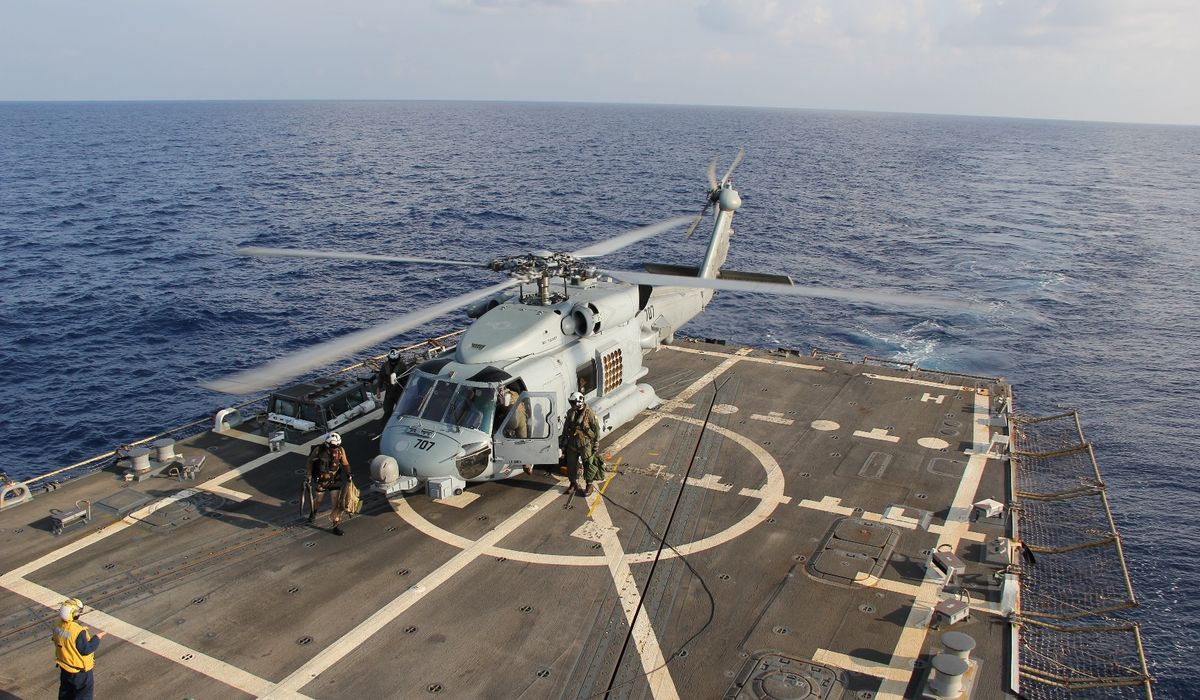


The Navy and the Missile Defense Agency successfully tested anti-hypersonic defense tactics this month, marking a significant step forward in countering the threat posed by hypersonic weapons.
According to the MDA, the team successfully executed Flight Test Other-40 or Stellar Banshee on Monday. The test, conducted near Hawaii’s Pacific Missile Range Facility, demonstrated the U.S. armed forces’ abilities to detect, track and engage an advanced hypersonic target, the agency said.
During the test, the USS Pinckney used its Sea Based Terminal Increment capability to track the target. The MDA said the vessel successfully targeted and fired an SM-6 upgraded missile at a simulated hypersonic vehicle.
The ship was assisted in its tracking efforts by the Hypersonic and Ballistic Tracking Space Sensor satellite. According to the MDA, the test provided an important data collection opportunity for the satellite.
“Our ability to defeat maneuvering, hypersonic missiles is critical if we are to defend our homeland and our forces against an increasingly dangerous threat,” said Air Force Lt. Gen. Heath Collins, MDA director. “The Aegis Weapon System will play a vital role in the next-generation integrated air and missile defense system, and today’s test demonstrated key achievements as we continue to partner with the Navy in advancing our Nation’s counter-hypersonic capabilities.”
The Aegis system is an integrated naval computer system that uses radar to guide a ship’s weapons toward enemy targets. The MDA says the test was an excellent example of the successful integration of “space capabilities” with the Aegis system, adding that data collected from the exercise could improve the U.S.’ missile defense abilities.
The Stellar Banshee test follows similar tests conducted by the MDA aimed at intercepting missiles. In March of last year, the agency conducted the Stellar Laelaps test, which saw a Navy destroyer target and intercept a medium-range ballistic missile with an SM-6 missile.
• Vaughn Cockayne can be reached at vcockayne@washingtontimes.com.
